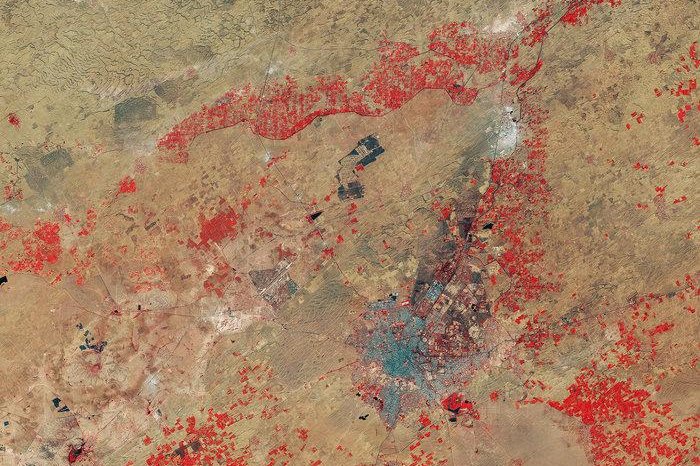June 16 (UPI) -- A new image from the European Space Agency's Copernicus Sentinel-2A satellite showcases the extreme aridity of India's Thar Desert.
Geologic and archaeological analysis suggests the region, which encompasses more than 123,000 square miles in India and Pakistan, was once green and lush. Centuries of farms have depleted water resources and taxed the soil, slowly drying out the land.















